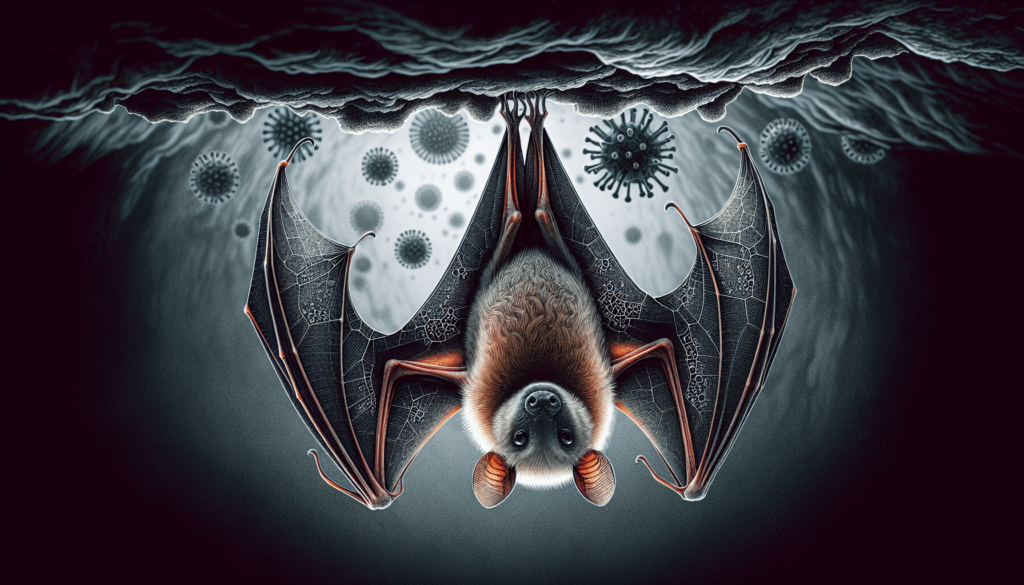Understanding The Impact Of Zoonotic Diseases
Have you ever wondered about the connection between animals and human health? Zoonotic diseases are those that can be transmitted from animals to humans, and understanding their impact is crucial for preventing and managing outbreaks. In this article, we will dive into the world of zoonotic diseases and explore how they can affect both animals and humans.
What Are Zoonotic Diseases?
Zoonotic diseases, also known as zoonoses, are infections that can be transmitted between animals and humans. These diseases can be caused by bacteria, viruses, parasites, and fungi, and can be spread through direct contact with infected animals, their saliva, urine, feces, or through vectors such as mosquitoes and ticks. Understanding the transmission routes of zoonotic diseases is essential for preventing their spread and protecting both animals and humans.
How Do Zoonotic Diseases Spread?
Zoonotic diseases can spread in a variety of ways, including:
- Direct contact with infected animals
- Consumption of contaminated food or water
- Insect bites
- Exposure to infected bodily fluids
- Contact with contaminated surfaces
By being aware of these transmission routes, you can take steps to reduce your risk of contracting a zoonotic disease.
Types Of Zoonotic Diseases
There are various types of zoonotic diseases that can affect both animals and humans. Some common examples include:
Rabies
Rabies is a viral disease that is transmitted through the saliva of infected animals, such as dogs, bats, and raccoons. It affects the central nervous system and can be fatal if not treated promptly. Vaccination of pets is crucial for preventing the spread of rabies to humans.
Lyme Disease
Lyme disease is caused by the bacterium Borrelia burgdorferi and is transmitted to humans through the bite of infected black-legged ticks. Symptoms of Lyme disease include fever, fatigue, and a characteristic bull’s-eye rash. Preventing tick bites through proper precautions is essential for avoiding Lyme disease.
Toxoplasmosis
Toxoplasmosis is a parasitic infection caused by the Toxoplasma gondii parasite. Cats are the primary host of the parasite, and humans can become infected through contact with contaminated cat feces. Pregnant women and individuals with compromised immune systems are at higher risk of severe complications from toxoplasmosis.

Impacts Of Zoonotic Diseases
Zoonotic diseases can have significant impacts on both animals and humans, affecting not only health but also economies and the environment. Understanding these impacts is essential for developing effective strategies for prevention and control.
Health Impacts
Zoonotic diseases can cause a range of health impacts in both animals and humans, including:
- Illness
- Death
- Chronic health conditions
- Antibiotic resistance
- Increased healthcare costs
By recognizing the potential health impacts of zoonotic diseases, individuals and communities can take proactive measures to protect themselves and their animals.
Economic Impacts
Zoonotic diseases can also have significant economic impacts, including:
- Loss of livestock
- Decreased agricultural productivity
- Increased healthcare expenditures
- Reduced tourism revenue
- Trade restrictions
Preventing and controlling zoonotic diseases is crucial for maintaining the economic stability of communities and industries that rely on animals.
Environmental Impacts
Zoonotic diseases can have environmental impacts as well, including:
- Disruption of ecosystems
- Loss of biodiversity
- Pollution of water sources
- Spread of invasive species
- Damage to natural habitats
Protecting the environment from the impacts of zoonotic diseases requires a holistic approach that considers the interactions between animals, humans, and the environment.
Prevention And Control Strategies
Preventing and controlling zoonotic diseases requires a multi-faceted approach that addresses various aspects of disease transmission and management. Here are some strategies that can help reduce the risk of zoonotic diseases:
Vaccination
Vaccination of animals against zoonotic diseases can help prevent outbreaks in both animals and humans. Regular vaccinations for pets and livestock are essential for protecting against diseases such as rabies and brucellosis.
Vector Control
Controlling insects and other vectors that can spread zoonotic diseases is crucial for preventing outbreaks. Measures such as insect repellents, mosquito nets, and environmental modifications can help reduce the risk of exposure to vectors.
Hygiene Practices
Practicing good hygiene, such as handwashing, proper food handling, and cleaning of animal living spaces, can help reduce the transmission of zoonotic diseases. By maintaining clean and sanitary conditions, you can protect yourself and your animals from infection.
Public Health Education
Educating the public about zoonotic diseases, their transmission routes, and prevention strategies is essential for raising awareness and promoting responsible behavior. By providing information and resources, communities can work together to prevent the spread of zoonotic diseases.

One Health Approach
The One Health approach is a collaborative effort that recognizes the interconnectedness of human health, animal health, and environmental health. By addressing the complex interactions between animals, humans, and the environment, the One Health approach aims to prevent and control zoonotic diseases and promote overall well-being.
Benefits Of The One Health Approach
The One Health approach offers several benefits for preventing and controlling zoonotic diseases, including:
- Early detection of outbreaks
- Improved disease surveillance
- Enhanced communication and collaboration
- Holistic approach to health and environmental issues
- Shared resources and expertise
By adopting the One Health approach, communities can work together to address the root causes of zoonotic diseases and promote a healthier future for all.
Conclusion
In conclusion, understanding the impact of zoonotic diseases is essential for preventing and managing outbreaks that can affect both animals and humans. By recognizing the interconnectedness of human health, animal health, and environmental health, individuals and communities can take proactive steps to reduce the risk of zoonotic diseases and promote overall well-being. By implementing strategies such as vaccination, vector control, hygiene practices, and public health education, we can work together to create a safer and healthier world for both animals and humans alike. Remember, knowledge is power when it comes to protecting yourself and your loved ones from zoonotic diseases.

